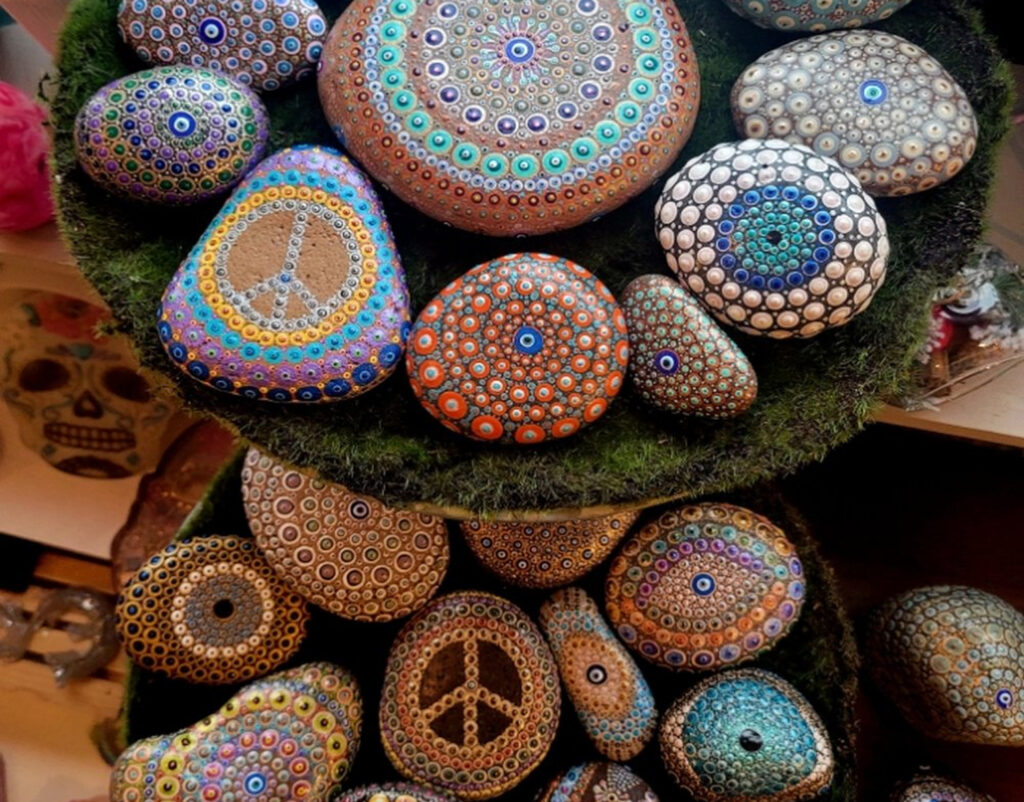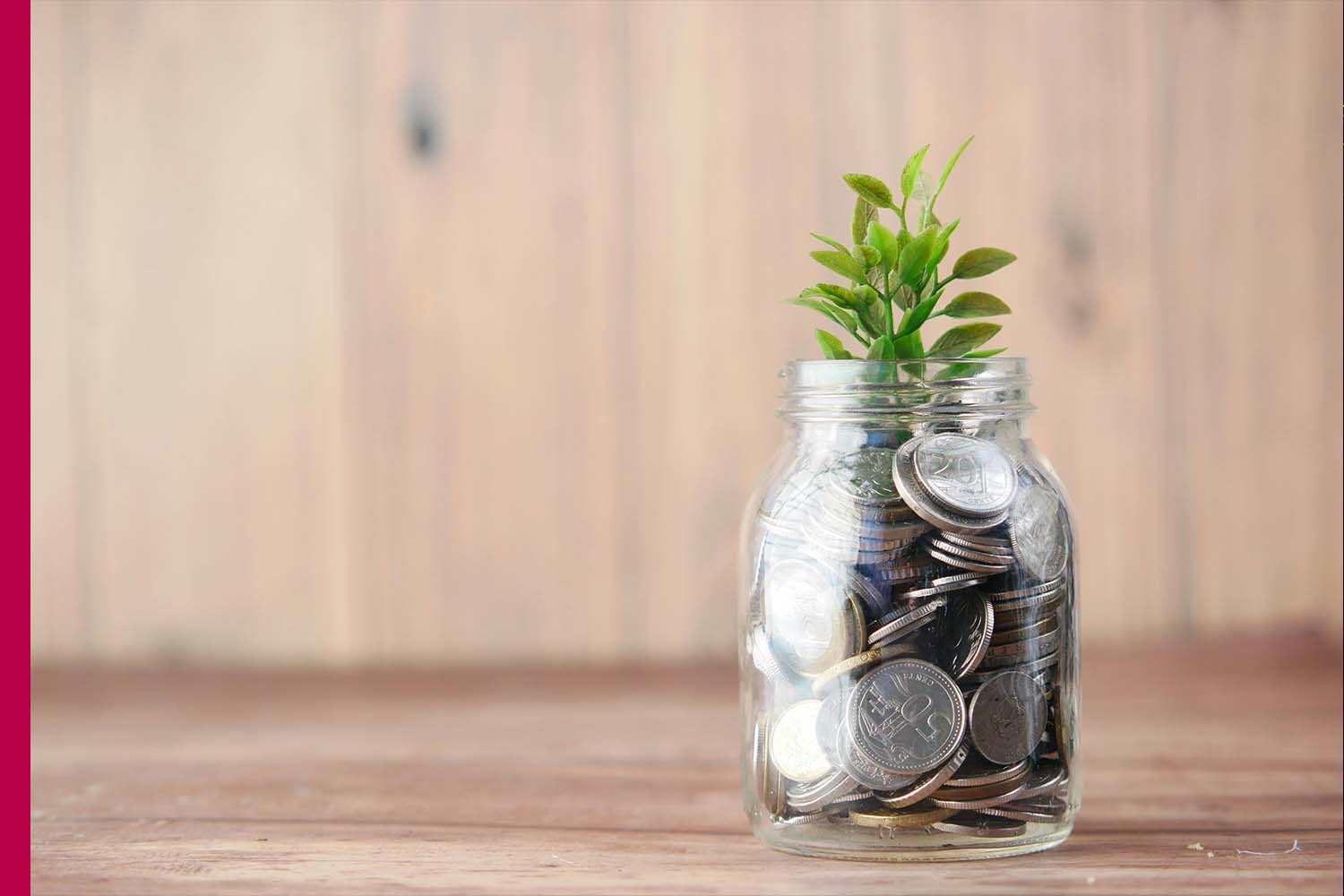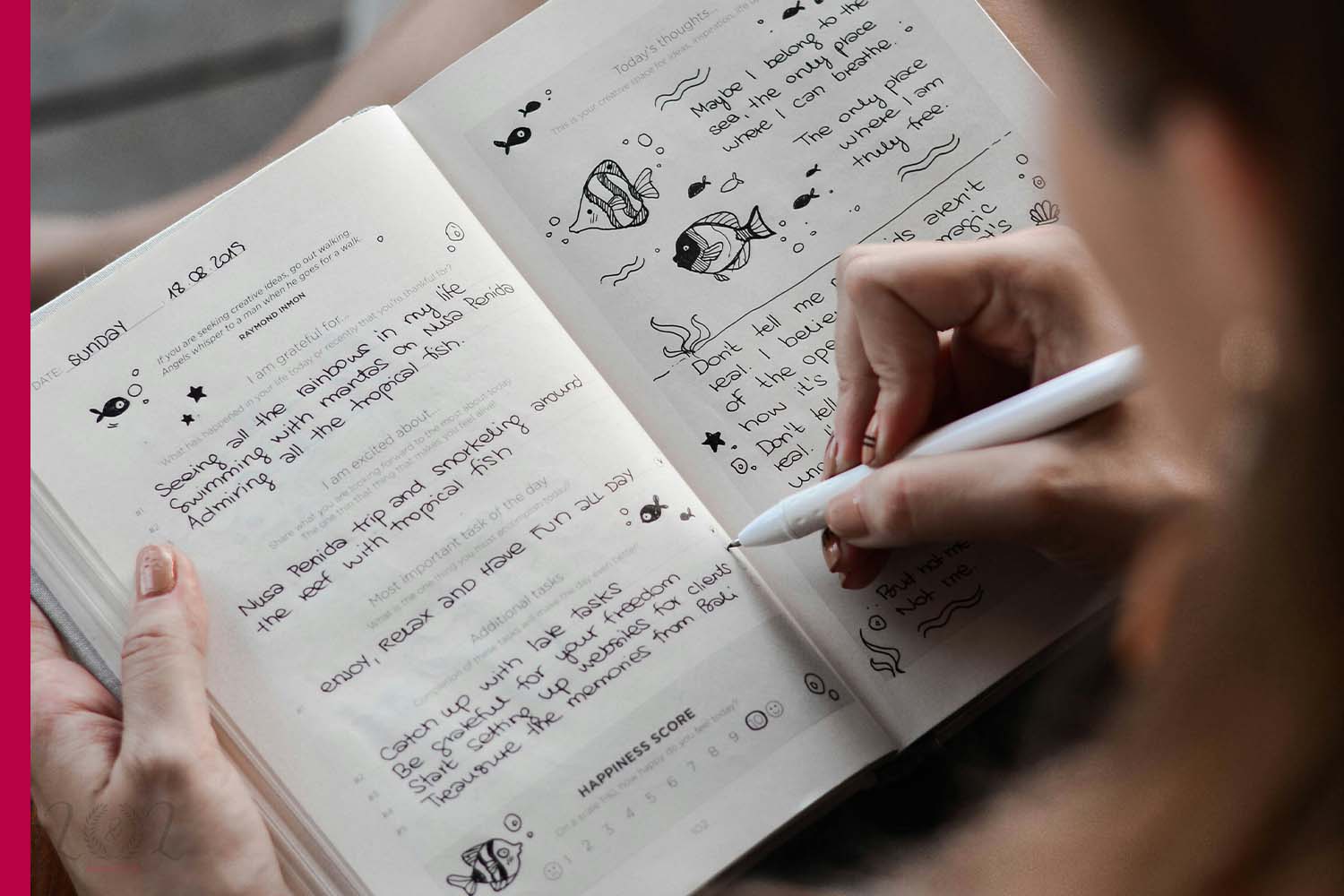Art has always been humanity’s way of expressing emotions, beliefs, and identity. From cave paintings to digital masterpieces, from handmade pottery to sleek modern architecture, arts, crafts, and design have remained at the core of cultural heritage and creative progress.
While art speaks to the soul, crafts bring functionality to creativity, and design acts as the bridge between imagination and real-world solutions. Together, they form an ecosystem where tradition meets innovation, creating objects, spaces, and experiences that not only look beautiful but also carry meaning and purpose.
In today’s world, arts, crafts, and design are not just limited to galleries or workshops. They influence industries as varied as fashion, entertainment, interior décor, technology, and even business branding. Let’s explore this rich and ever-evolving universe.
The Historical Roots of Arts and Crafts
During the Middle Ages and Renaissance, arts and crafts flourished through paintings, architecture, and manuscripts that defined eras. The Arts and Crafts Movement of the 19th century in Europe rejected mass production and celebrated handmade work, influencing modern design and craftsmanship.
The World of Arts: Expression Without Limits
Art comes in many forms—painting, sculpture, music, dance, photography, film—and each is a reflection of culture and imagination. Unlike other industries, art doesn’t necessarily seek to solve problems—it seeks to evoke emotion and tell stories.
In modern times, art has expanded into digital spaces, where NFTs, virtual galleries, and AI-generated art coexist with oil paintings and street murals. Artists are also at the forefront of social change movements, using their work to challenge norms, highlight injustice, and celebrate diversity.
Art is not only about aesthetics; it is also a driver of mental wellness, education, and identity-building, proving that creativity is essential to the human experience.
The Role of Design: Creativity With Purpose
If art is about expression and craft is about tradition, then design is about solving problems creatively. Design spans across multiple disciplines:
- Graphic Design: Shaping how brands, media, and messages communicate visually.
- Interior Design: Crafting functional and beautiful living spaces.
- Fashion Design: Merging creativity with trends, identity, and culture.
- Industrial Design: Creating practical, ergonomic, and aesthetically pleasing products.
- Digital Design: Web design, UX/UI, and digital experiences that shape how we interact with technology.
Good design is not just about how something looks—it’s about how it works. From Apple’s minimalist devices to sustainable furniture, design ensures functionality without compromising beauty.

Digital Transformation in Arts, Crafts & Design
- E-commerce Platforms like Etsy, Amazon Handmade, and Shopify allow artisans and designers to reach global markets.
- 3D Printing has enabled artists and designers to create innovative, complex structures that were once impossible.
- Augmented Reality (AR) & Virtual Reality (VR) are being used in interior design, museums, and fashion shows for immersive experiences.
- Social Media platforms like Instagram, Pinterest, and TikTok have become hubs for showcasing art and handmade crafts, fueling global inspiration and trends.
This digital revolution has created a blend of tradition and modernity, ensuring that ancient crafts and new-age design coexist in harmony.
Key Consumer Trends Driving the Industry
- Sustainability & Ethical Choices
Consumers increasingly choose products that are handmade, eco-friendly, and ethically sourced. This has boosted demand for artisan crafts and sustainable design practices. - Customization & Personalization
From custom jewelry to personalized digital artwork, people want unique creations that reflect their individuality. - Minimalism & Functionality
Design trends lean towards simplicity, functionality, and clutter-free living, emphasizing quality over quantity. - Cultural Revival
There’s a growing appreciation for indigenous art forms and traditional crafts, seen as treasures of heritage. - Experience Over Ownership
Instead of just buying art or crafts, consumers seek experiences—art workshops, design exhibitions, and cultural craft fairs.
Benefits of Arts, Crafts & Design
- Emotional Fulfillment: Creative expression promotes mental wellness and relaxation.
- Cultural Identity: Crafts and art forms preserve heritage, passing traditions across generations.
- Innovation in Industries: Design drives innovation in fashion, technology, architecture, and branding.
- Economic Growth: Creative industries contribute significantly to global GDP and employment.
- Sustainability: Crafts and eco-design foster environmentally friendly consumption.
Challenges Facing the Creative Industries
- Mass Production & Imitation: Handmade crafts often struggle to compete with cheap, factory-made goods.
- Digital Piracy: Art and design face risks of unauthorized reproduction online.
- Market Access: Many artisans in rural or marginalized communities lack global exposure.
- Balancing Tradition with Innovation: Preserving heritage while adapting to modern tastes is often challenging.
Conclusion
The world of arts, crafts, and design is a vibrant tapestry of tradition, creativity, and innovation. Art inspires, crafts preserve heritage, and design solves problems—together, they shape how we live, express, and interact with the world.
In a fast-paced, technology-driven era, these creative fields remind us of the importance of imagination, cultural roots, and beauty in everyday life. The industry not only influences aesthetics but also drives sustainability, economic growth, and innovation.
As we look to the future, arts, crafts, and design will remain more than industries—they will continue to be a celebration of human creativity and an expression of our collective identity.












